
Written by digiDirect
When deciding on a camera to buy, consumers are faced with an abundance of choice. With so much on offer, it's easy to see how a simple choice can very quickly become a daunting project.
One way to narrow down the field is to determine which sensor size your new camera needs to have. Ultimately, understanding them isn't only going to help ensure you purchase a camera that better matches your needs, but it's also going to make you a better photographer. In today's digiDirect blog post, we're going to learn everything you need to know about sensor size.
What is a camera sensor and why does size matter?
Simply put, a sensor is the part of a camera that captures light through pixels and converts it into the digital signal required to create an image. As such, the size of a sensor determines the amount of light that's able to be processed and subsequently converted into an image - larger sensors have a larger surface area on which to collect light.
Typically, a sensor is one of the more expensive parts to individually manufacture, and therefore any increase in the size of a sensor is generally met with an increase in the cost of the camera. Keep this in mind as we discuss the differences between sensor size.
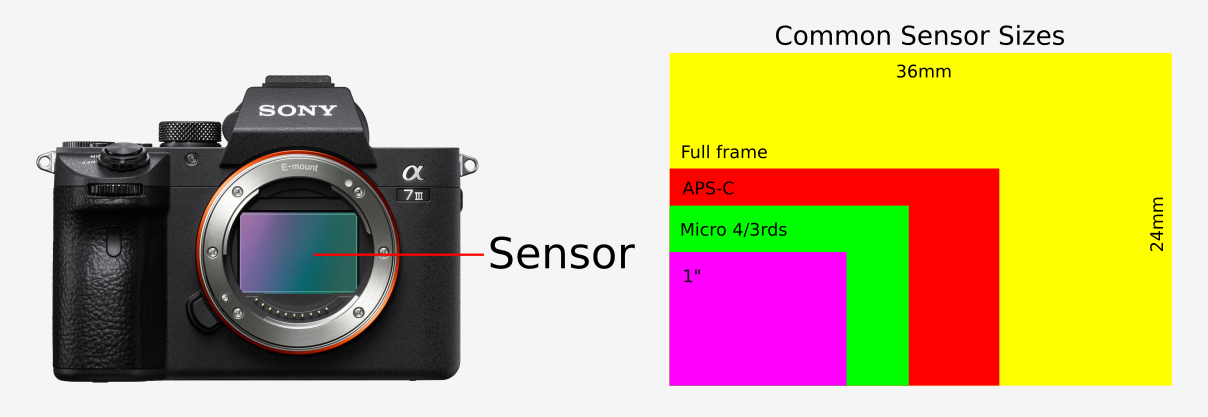
Left: The image sensor of a Sony A7 III. Right: Diagram of different sensor sizes
How Does Sensor Size Affect My Photographs?
Noise
When comparing a camera with a larger sensor to a camera with a smaller sensor (assuming they both have the same megapixel count), the smaller sensor has a higher pixel density because it has to fit the same amount of pixels in a smaller area. Higher pixel density increases the level of noise in the image. Noise is the grainy effect that you've often seen on low-quality photographs, and it is generally an undesirable effect. So larger sensors typically have less noise in their images than smaller sensors. Noise is particularly noticeable when shooting at high ISOs and in dark conditions, so this means larger sensors generally have better image quality in low-light shooting conditions.
Left: A smaller sensor displaying noise in low light. Right: A larger sensor can product higher quality images in low light conditions
Dynamic Range
In a similar vein, larger sensors typically enjoy better dynamic range. Dynamic range is the difference between the darkest and brightest areas that the camera can capture. A large dynamic range is better as this means the camera can capture details in dark areas of your photograph while simultaneously not overexposing the brighter areas. A common example of this is when photographing landscapes, as you want to capture details in the darker landscape while not overexposing the brighter sky.
Note that dynamic range is not exactly determined solely by sensor size. Instead, larger pixels tend to capture better dynamic range than smaller ones. However, larger sensors have more surface area so their pixels are typically larger than on smaller sensors, hence better dynamic range.
Having a wider dynamic range allows you to capture more detail in the brightest parts of your photo (typically the sky) as well as the darker areas
Shallow Depth Of Field
Finally, larger sensors have better shallow depth of field than smaller sensors. Shallow depth of field refers to how much of the photo is in focus and how much of it is blurry and out-of-focus - the out-of-focus area is commonly called 'bokeh'. While you won't use this effect for every style of photography, having access to more shallow depth of field (meaning a blurrier background) is a generally desirable trait as it gives the photo a very artistic look. It is also very useful for isolating your in-focus subject from the out-of-focus background, which makes our subject stand out. This technique is a cornerstone of portrait photography.
Larger sensors can produce a blurrier, more out-of-focus background than smaller sensors. The reasons for this are somewhat complex and have to do with focal length equivalency, but if you are looking for more shallow depth of field, a larger sensor is one way to achieve this. Note that you can adjust your aperture to affect shallow depth of field, so photos from larger sensor cameras don't HAVE to have a blurry background, but it's an option.
Shallow depth of field gives more emphasis to your subject by blurring out the background
What are the different sized sensors I need to know about?
Full Frame Sensors
Apart from the more specialised medium format, full frame sensors are the largest camera sensors available on the market and are the most commonly used in professional settings. Their large surface area makes them extremely versatile and especially suited to shooting in low-light settings. As a fun tidbit, the size of these sensors is the same size as the 35mm film format, which was the standard film size before digital cameras were invented. As a result, you may sometimes hear the terms '35mm format' or '35mm equivalent' when referring to full frame sensors.

Examples of full frame cameras include the Canon 5D Mark IV, Nikon D850 and Sony A7 III.
APS-C Sensors
Comparatively, APS-C sensors are approximately 1.5x smaller than a full frame sensor and as such come at a more affordable price. This also means that lenses put on these cameras have a 1.5x crop factor compared to full frame, a concept that we'll discuss below.
If you're a beginner or intermediate photographer, cameras with these sized sensors are likely your best bet because of their more favourable price and more portable nature than full frame. APS-C sensors certainly provide aspiring photographers with a strong alternative to full frame sensors, allowing them to still capture high resolution shots and adequate performance in low light settings for a more affordable price.

Examples of APS-C sensors include the Canon 90D, Fujifilm X-T4 and Sony a6400.
Micro Four-Third Sensors
Even smaller yet, a Micro Four-Third sensor is approximately a quarter of the size of a full frame sensor. As such, they have 2x crop factor relative to a full frame sensor.
As the size of the sensor diminishes, generally speaking, so too does the the accompanying equipment. This means that most cameras with Micro Four-Third sensors are very compact and therefore terrific option for travel photographers.
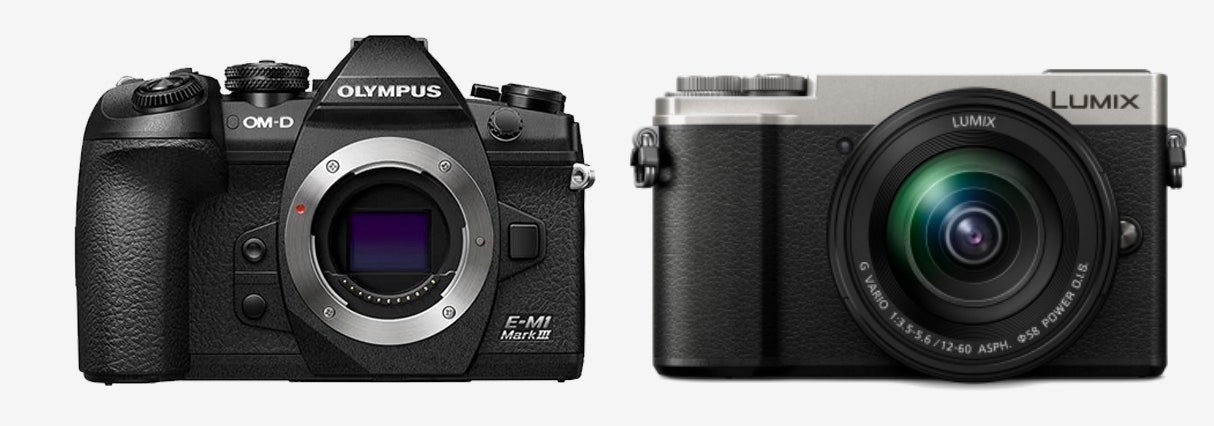
Examples of Micro Four-Third cameras include the Olympus E-M1 Mark III and the Panasonic GX9.
Smaller Sensor Sizes
There are a range of sensor sizes smaller than Micro Four Thirds, such as 1' sensors and smaller, but you'll typically see these in compact cameras and similar. Currently, Micro Four-Thirds is the smallest sensor size available in interchangeable lens cameras.
Crop Factor and Lens Equivalency
When comparing across sensor sizes it's important to consider the image circle, which is the light projected out of the lens onto the sensor. Simply put, when using a smaller sensor, less of the image circle is projected onto the sensor.
This means that lenses used on cameras with sensors smaller than full frame are going to have what is known as a 'crop factor' or 'focal length multiplier'. This means that a lens with the same focal length will appear more zoomed-in the smaller the sensor gets.
APS-C sensors have a 1.5x crop factor compared to full frame. For example, if using a 50mm lens on an APS-C sensor, it will give you the same field of view as a 75mm lens on a full frame camera (because 50mm x 1.5 = 75mm). This means that if you stand in the same place with an APS-C camera with a 50mm lens and a full frame camera with a 75mm lens, you will see the exact same field of view through each camera. If you took the 50mm lens and put it on the full frame camera, you would see a WIDER field of view than you did on the APS-C camera, even though it's the same lens! Some full frame lenses can be used on APS-C cameras, which allows you to see this directly.
Similarly, Micro Four-Thirds cameras have a 2x crop factor, so if we're comparing to full frame lenses you have to multiply the focal length number by 2. As an example, the standard zoom lens for each system is 24-70mm (full frame), 18-55mm (APS-C) and 12-35mm (Micro Four-Thirds). These all sound very different, but when we include the crop factor, we can see they all cover a similar field of view, as 18-55mm x 1.5 = 27-82mm and 12-35mm x 2 = 24-70mm.
For this reason when comparing lenses across systems it's important take this into account. Although lenses may have different focal length numbers they may in actual fact be providing an identical effective focal range.
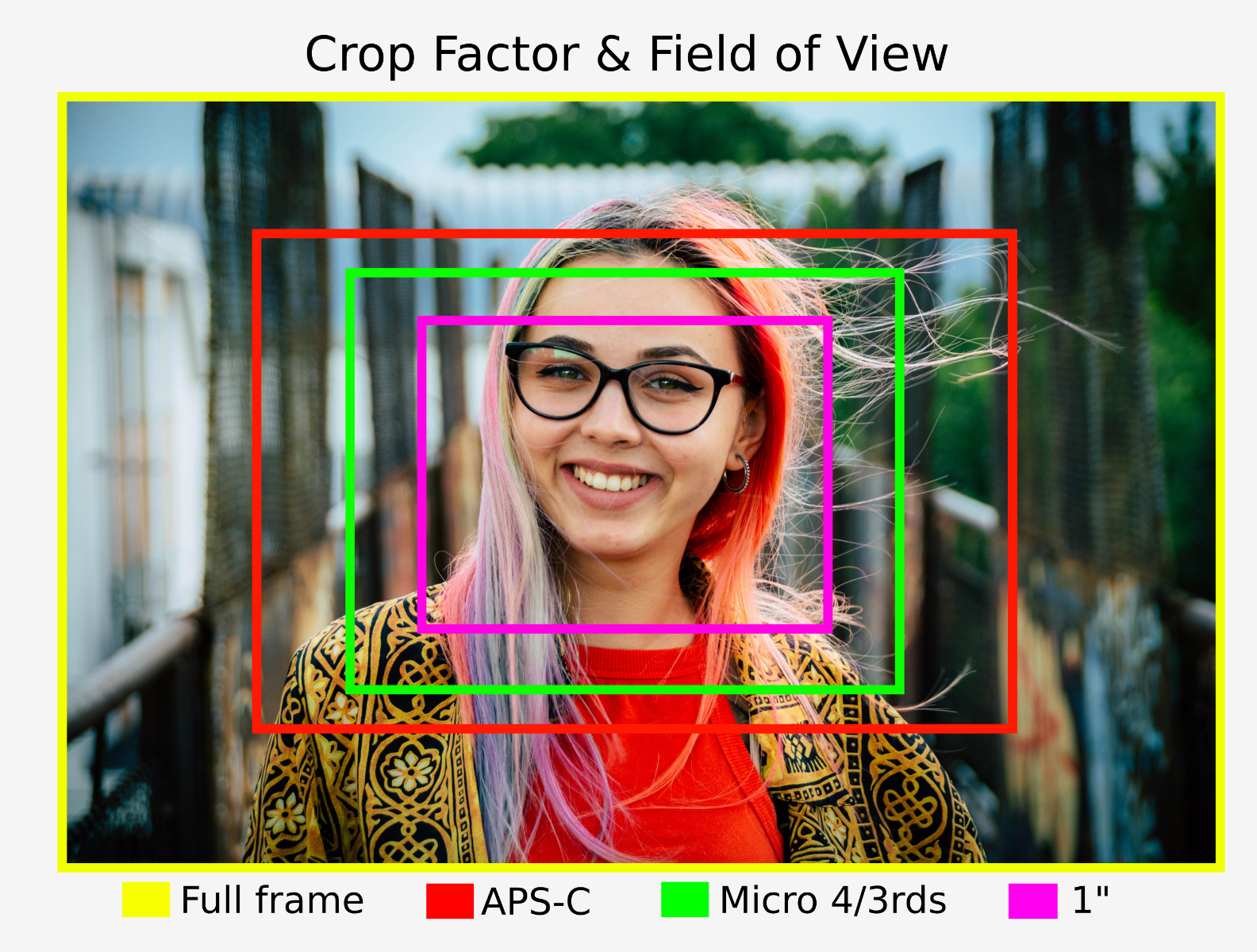
The field-of-view (a function of the crop factor) of various sensors in comparison to full frame
Why Would I Choose a Smaller Sensor?
With all of this discussion about the benefits of a larger sensor, why might someone choose a smaller APS-C or Micro 4/3rds sensor over a full frame sensor? Well, there are benefits to a smaller sensor, and we touched on them above. Smaller sensor camera systems are typically less expensive that full frame cameras, both in terms of the cost of the camera bodies themselves as well as the lenses that suit those systems.
Additionally, smaller sensor cameras tend to be physically smaller and lighter than their full frame counterparts. This holds true for the lenses associated for those systems as well. For example, an Olympus E-M1 Mark II and their 300mm f/4 PRO lens (which is focal length equivalent to a 600mm lens on a full frame camera due to the 2x crop factor of Micro Four Thirds) is about one third the size and weight of a Canon 5D Mark IV and a Canon 600mm f/4L III lens (not to mention about a third of the price as well). Other than the differences resulting from sensor size, these two cameras have arguably comparable specs. As a result, smaller sensor cameras are much more portable and compact.
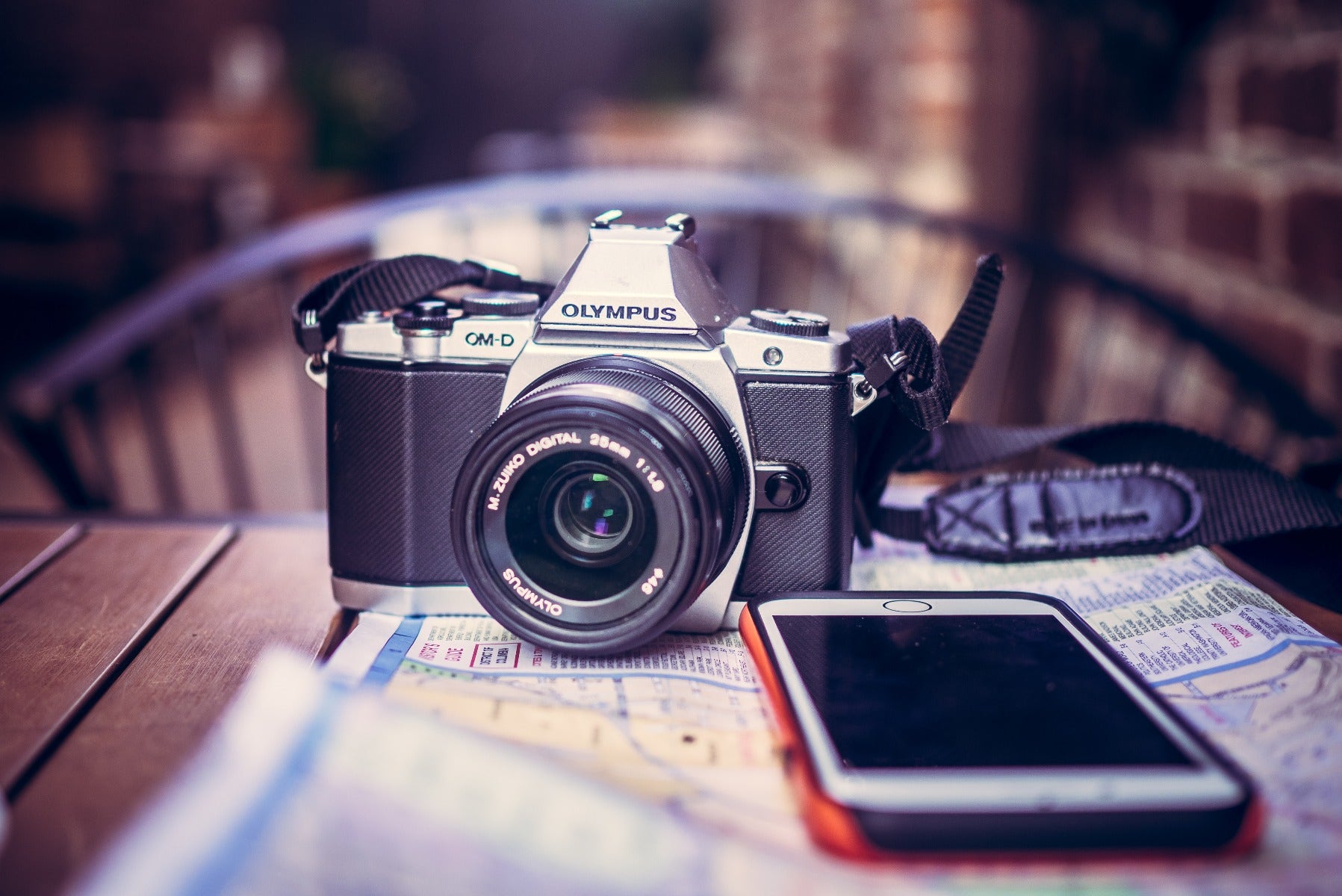 Smaller sensor cameras, like this Olympus Micro 4/3rds camera, are much more compact and portable
Smaller sensor cameras, like this Olympus Micro 4/3rds camera, are much more compact and portable
Finally, sensor technology has come a long way over the past decade, and even if they don't have every benefit of a full frame sensor, APS-C and Micro Four Thirds cameras still output extremely high quality imagery. It's not a matter of full frame cameras being the only way to achieve high-quality images, and many pros are even starting to use smaller sensor cameras. However, if you are looking for the best in low-light performance, dynamic range and shallow depth of field, a larger sensor camera will still be the best way to achieve this.
Interested in contributing to the digiLife blog? Email community@digidirect.com.au with the subject line "digiLife Contributor", and include links to your photography portfolio and a writing sample.









































































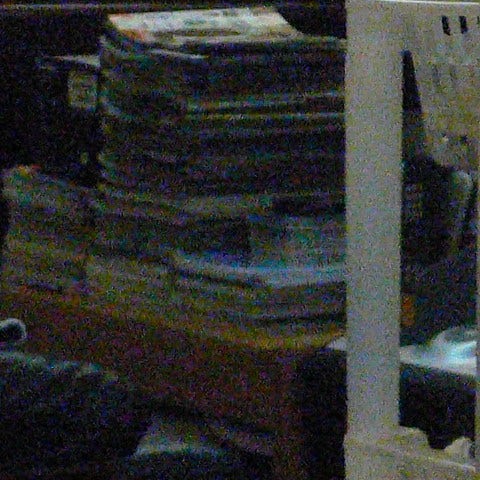
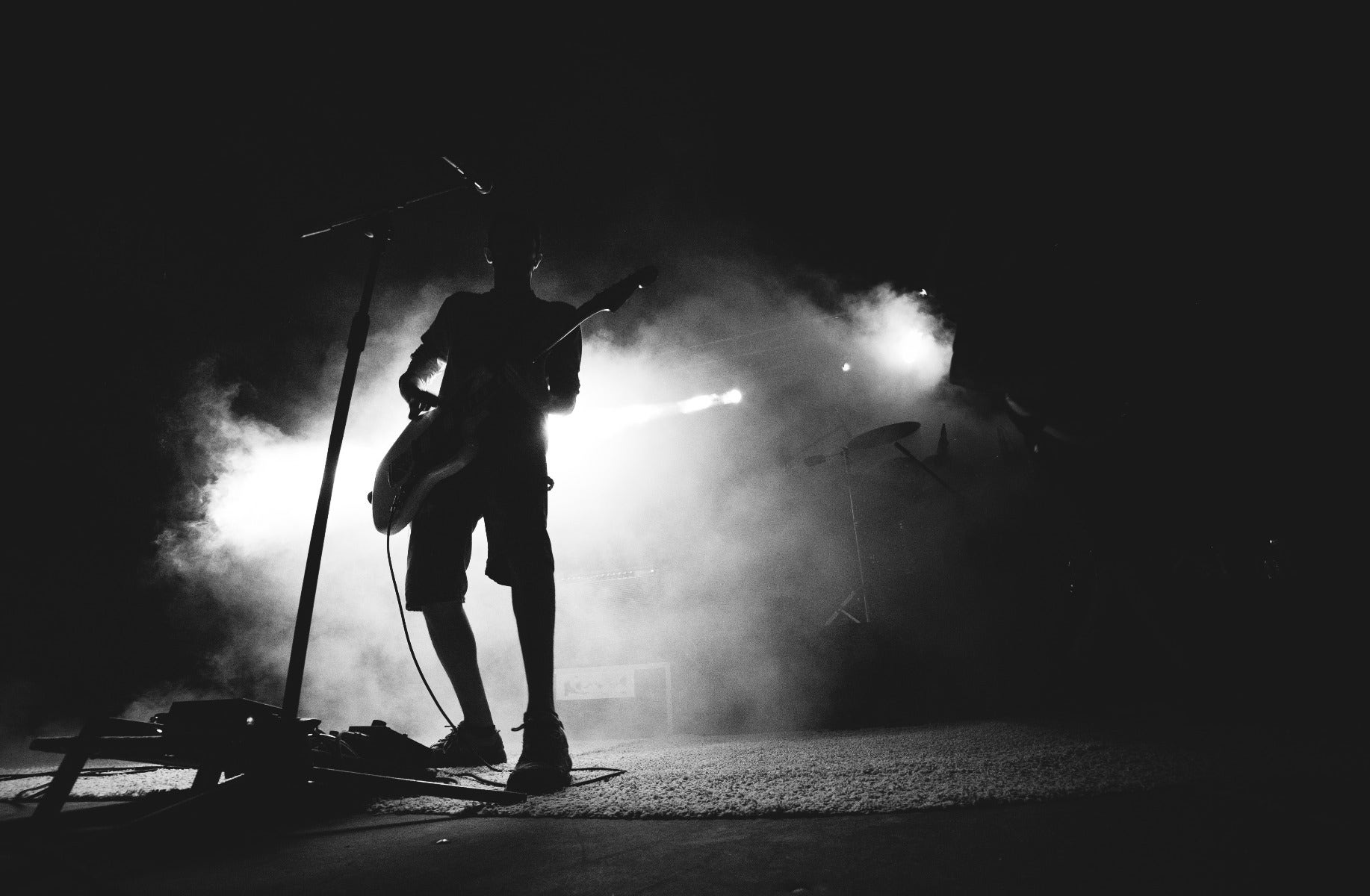
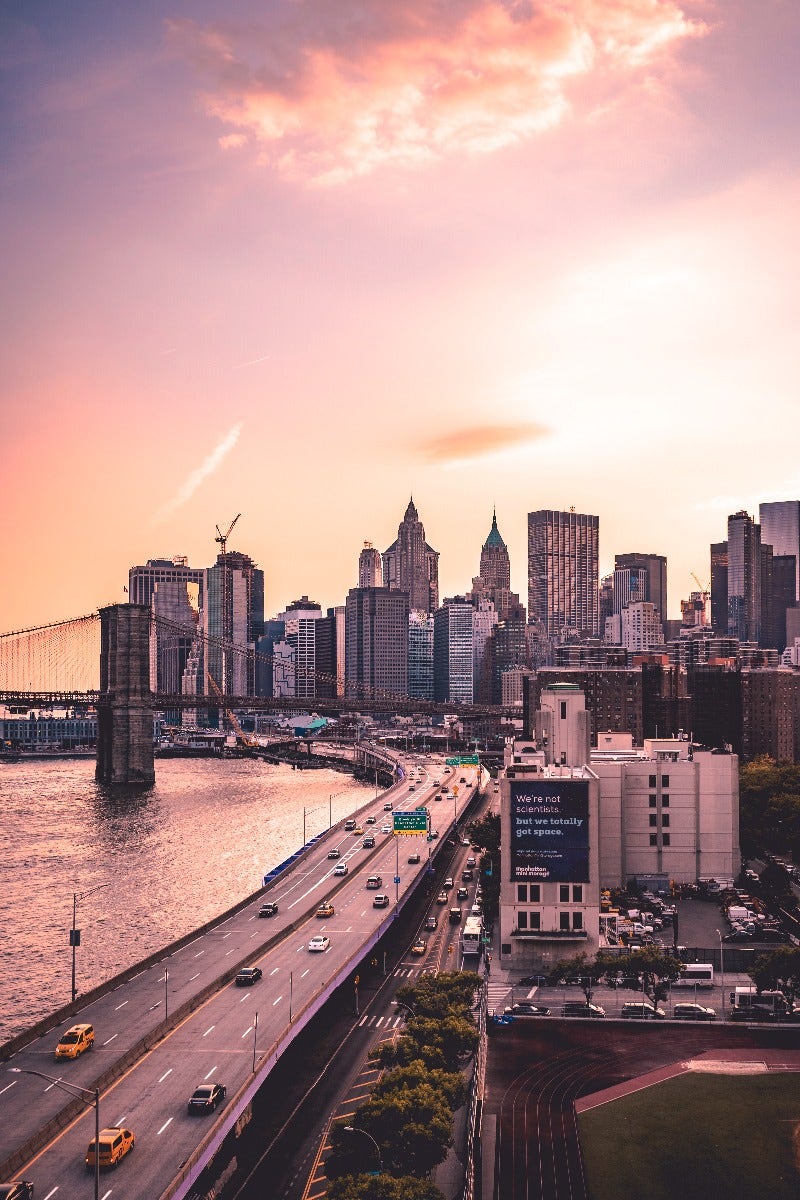
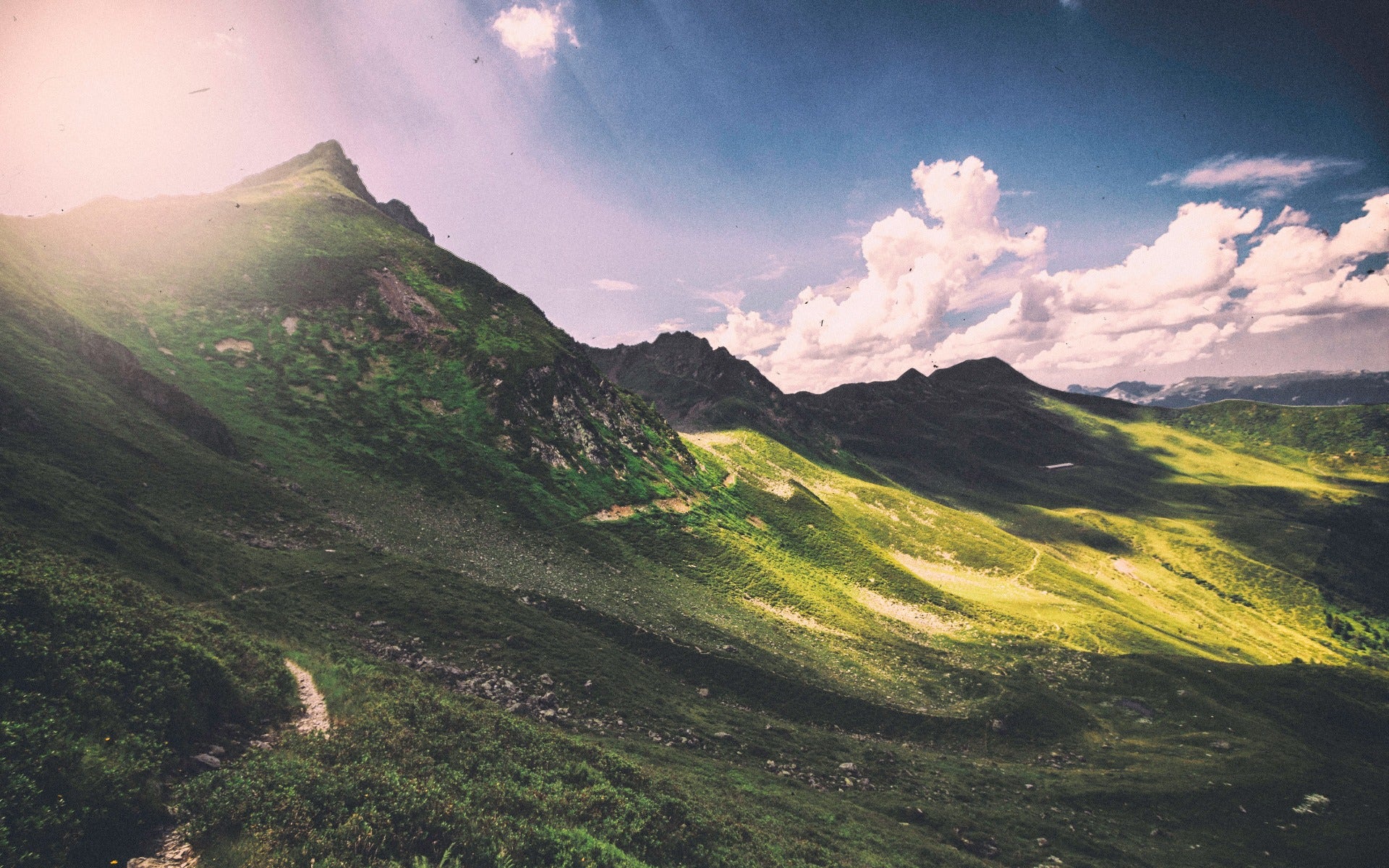
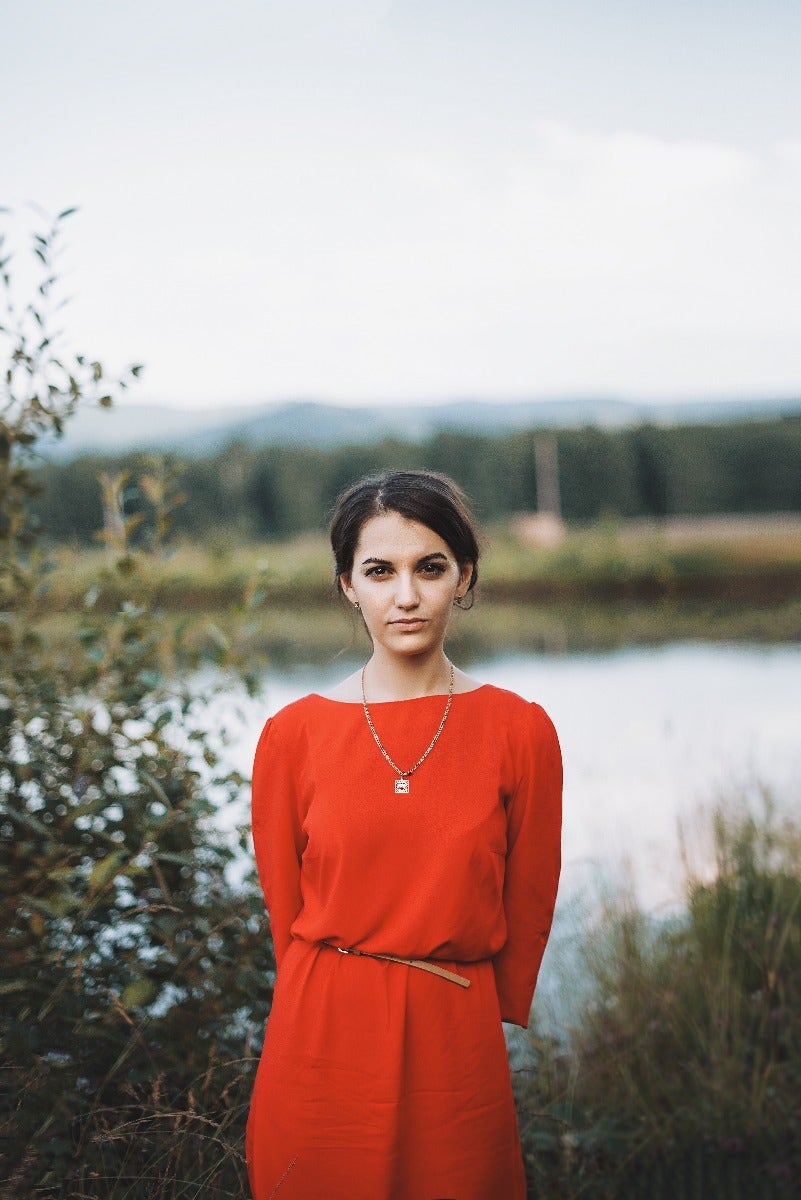
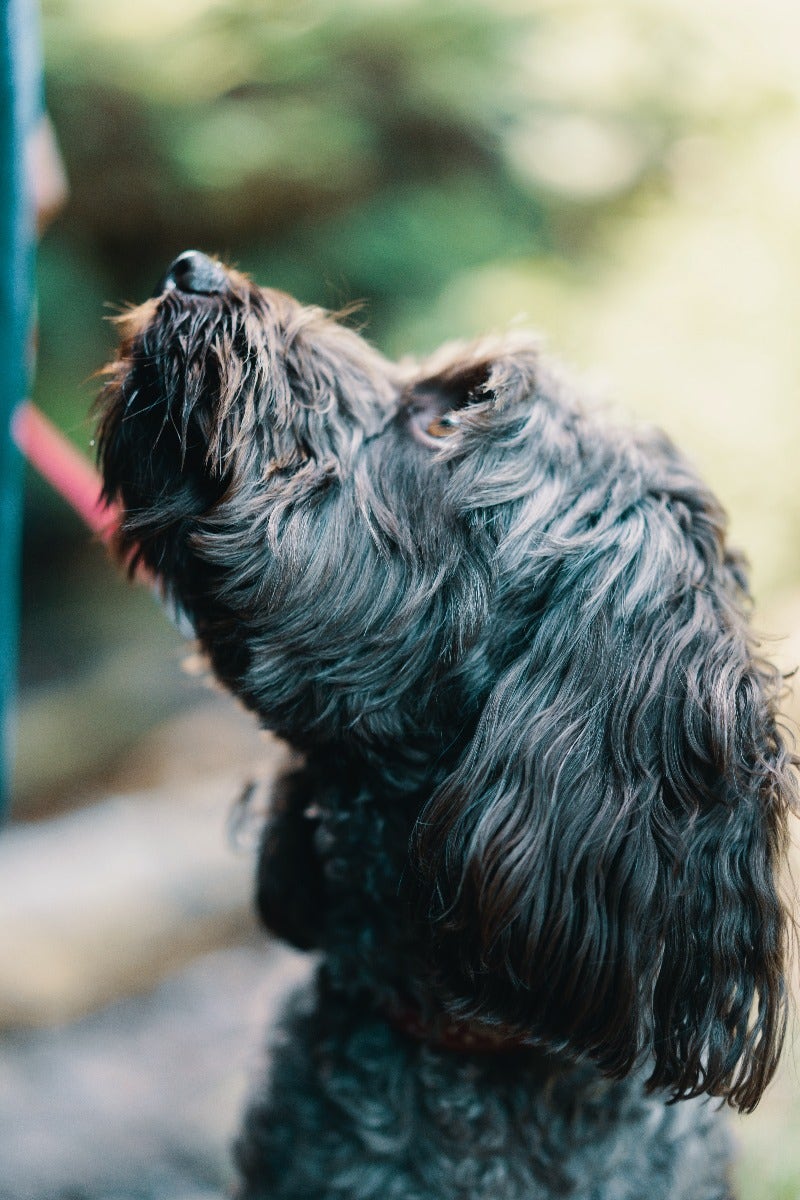




 Smaller sensor cameras, like this Olympus Micro 4/3rds camera, are much more compact and portable
Smaller sensor cameras, like this Olympus Micro 4/3rds camera, are much more compact and portable


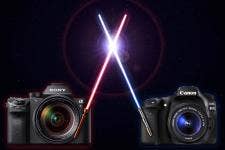
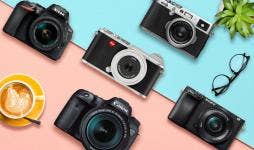

Comments
No Comments yet. Be the first to comment.